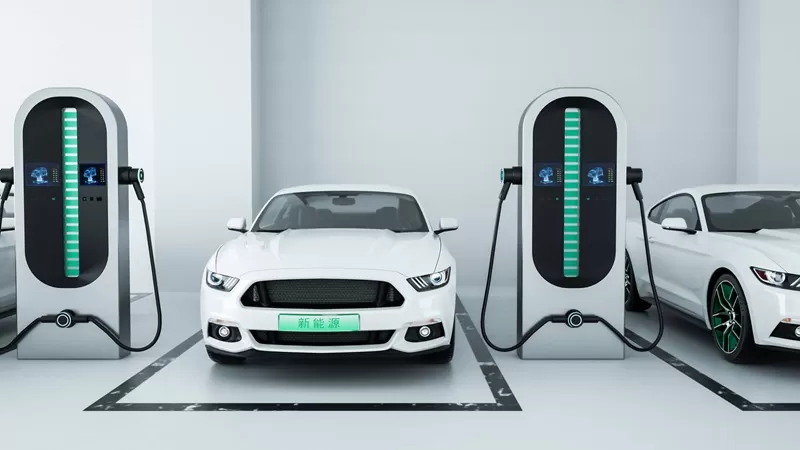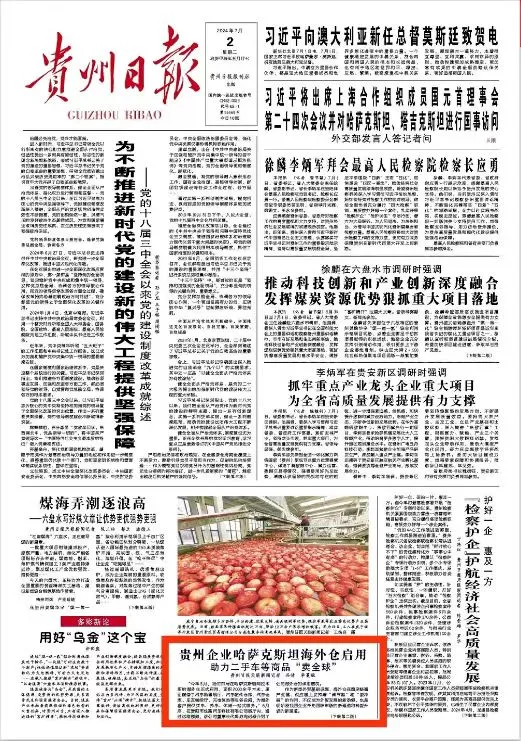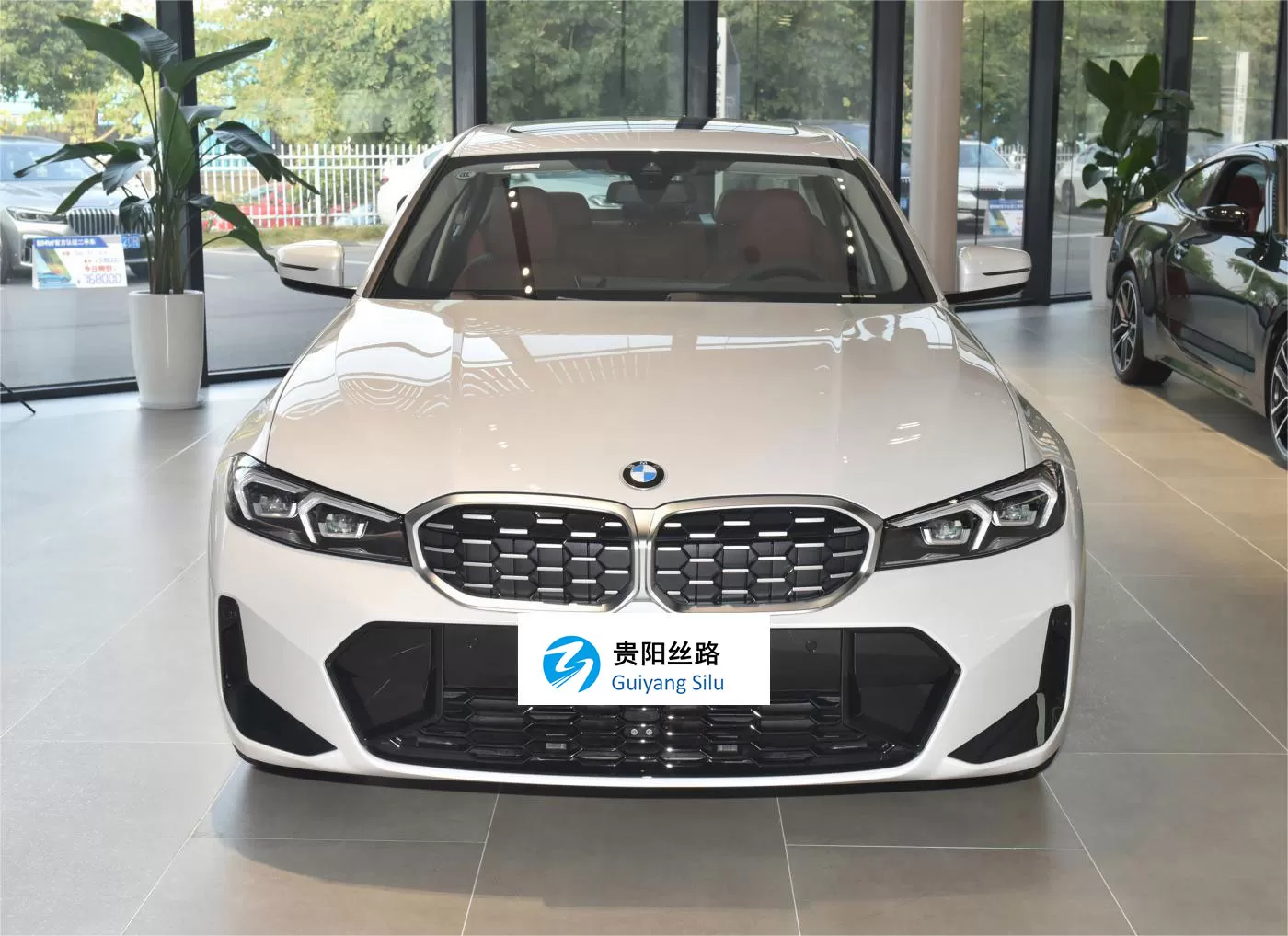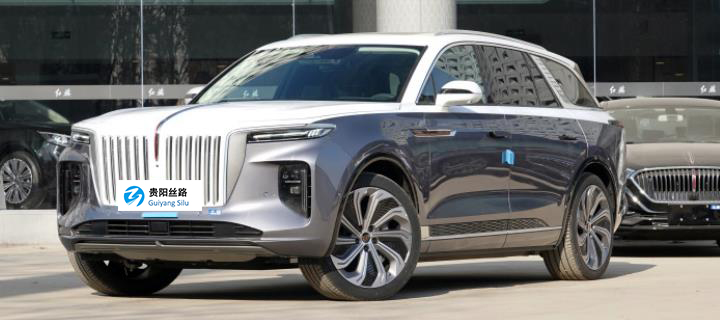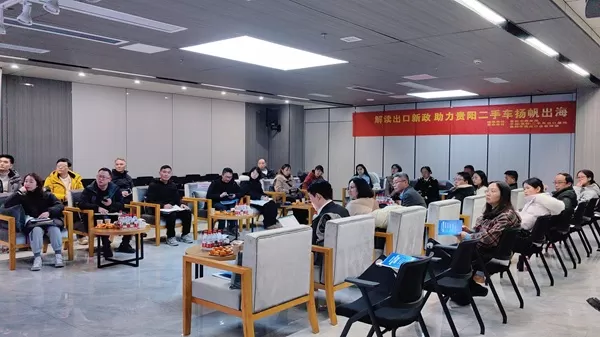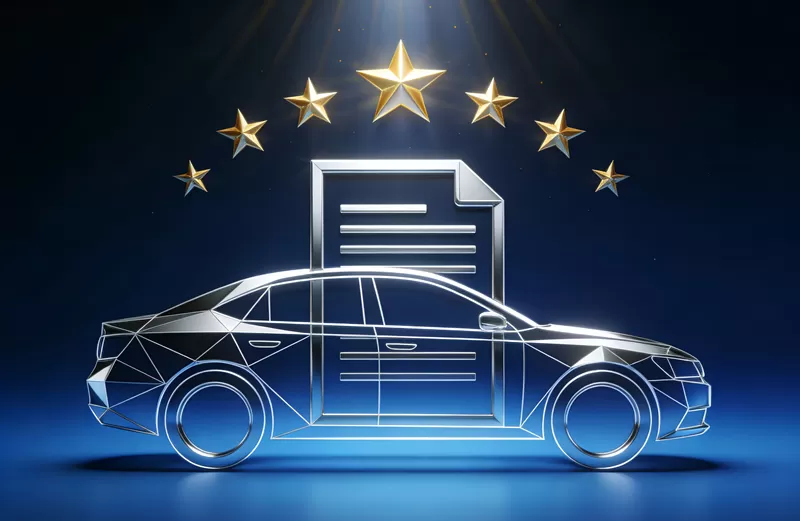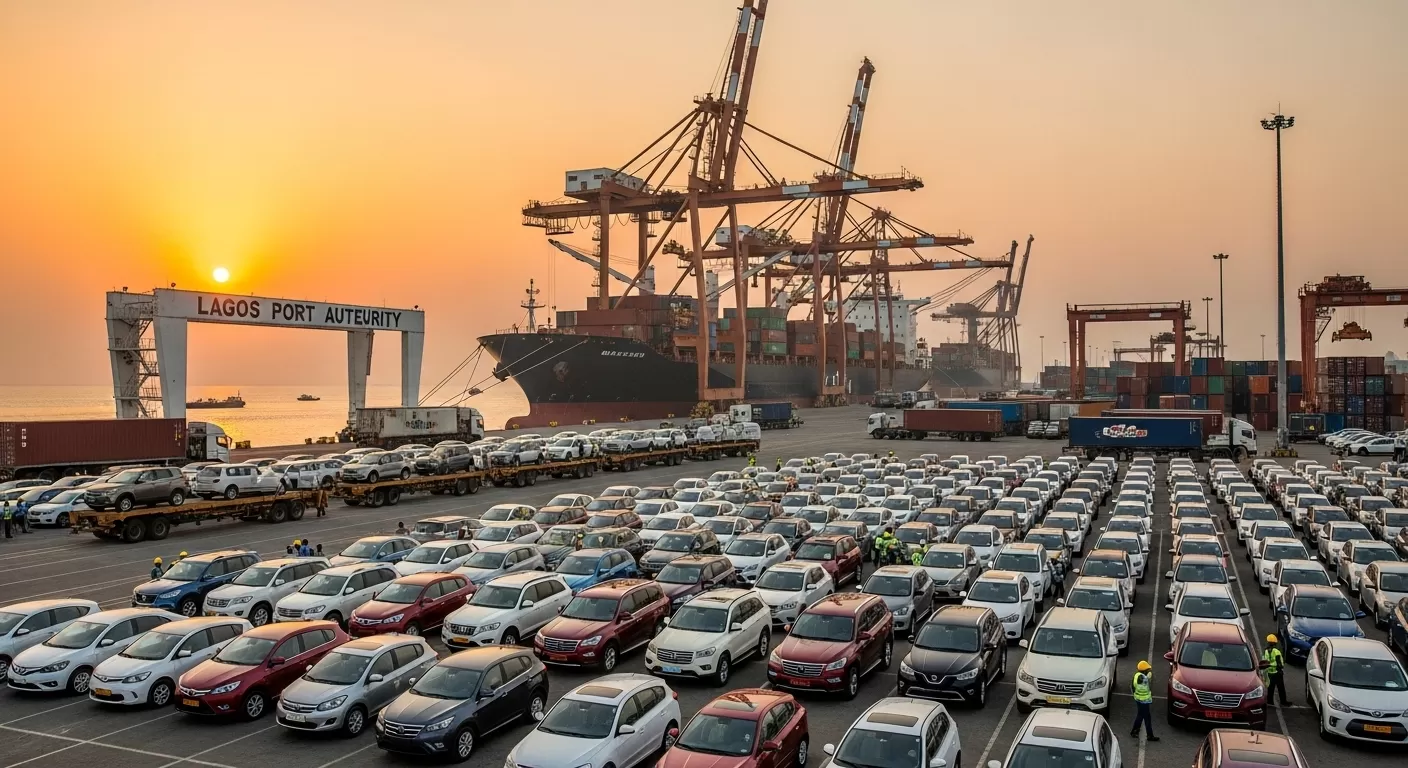
Export Cars from China: A Comprehensive Guide for B2B Importers
China shipped 6.41 million vehicles worldwide in 2024—a 23% year‑on‑year increase—reinforcing its role as the top global auto exporter. Electric vehicles alone accounted for 1.2 million exports (32% of the total), driven by competitive pricing and robust supply chains. B2B importers must navigate evolving regulations, logistics bottlenecks, and partner selection to capitalize on this market. Below, industry experts share key strategies, and Figure 1 illustrates the rapid growth of used‑car exports over the past six years.

Global Car Export Trends and Market Dynamics
Rapid Growth of EV and Used‑Car Exports
China’s EV exports soared to 1.2 million units in 2023, up from 450 k in 2022 and 270 k in 2021 . Used‑car exports jumped from 270 k in 2021 to 937 k in 2023, reflecting rising global demand for affordable quality .
Emerging Destination Markets
Southeast Asia, the Middle East, and Africa now account for over 55% of Chinese auto exports, as these regions seek cost‑effective mobility solutions.
Common categories of vehicles imported from China include:
- Conventional passenger and commercial vehicles, such as sedans, SUVs, and trucks.
- Premium luxury models from high‑end brands like Mercedes‑Benz, BMW, and Audi.
- New energy vehicles, covering both battery‑electric and plug‑in hybrid cars that often benefit from preferential tariffs or subsidies.
Special‑purpose vehicles designed for specific tasks, including construction machinery, fire engines, ambulances, buses, and excavators.
Regulatory Landscape: Compliance is Key
Import regulations vary significantly. For example, Russia imposed new recycling fees in early 2024, adding €500–€2,000 per vehicle . Meanwhile, Canada’s 100% tariff on Chinese EVs came into effect in August 2024 to counter perceived state subsidies .
Logistics & Supply‑Chain Considerations
Port Congestion and Container Shortages
Some Chinese EVs have been stranded in European ports for 12–18 months due to storage backlogs and container imbalances .
Choosing the Right Car Export Partner
Factors to evaluate:
Track Record & Volume: Look for exporters handling >100,000 units/year.
End‑to‑End Services: Sourcing, inspection, documentation, shipping, and after‑sales.
Local Presence: Overseas warehouses in key markets reduce lead times.
Payment Methods & Risk Mitigation
Secure options include:
Letter of Credit (L/C): Guarantees payment upon document compliance .
Telegraphic Transfer (T/T): Widely used for reliability and traceability.
Escrow Services: Funds released upon delivery confirmation.
Implement trade credit insurance and clear contractual terms to further minimize risk.
Hot News
Industry information
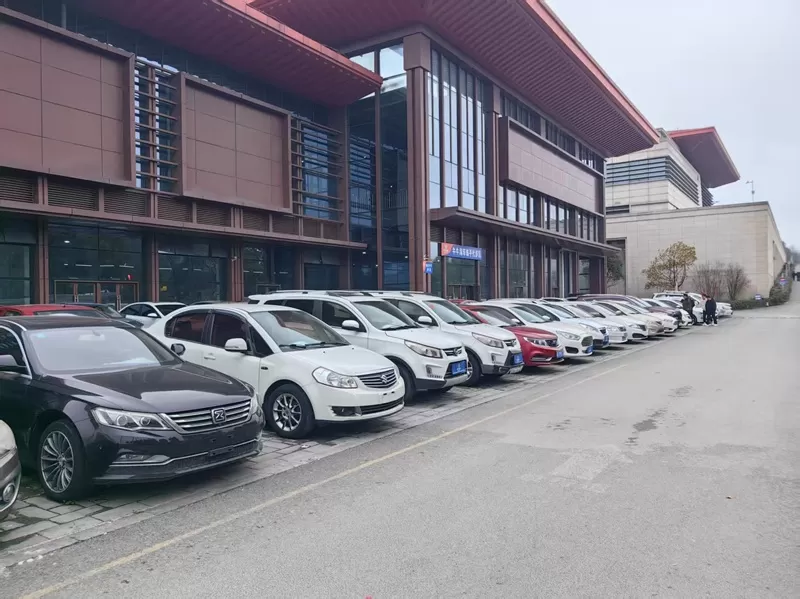
Silu car exporter provides high -quality products and services
December 04, 2023

In November, China's automobile exports increased by 1.3% month on month and 18.6% year-on-year
December 27, 2023

Guiyang Silu invites you to visit our Thailand exhibition
September 12, 2024
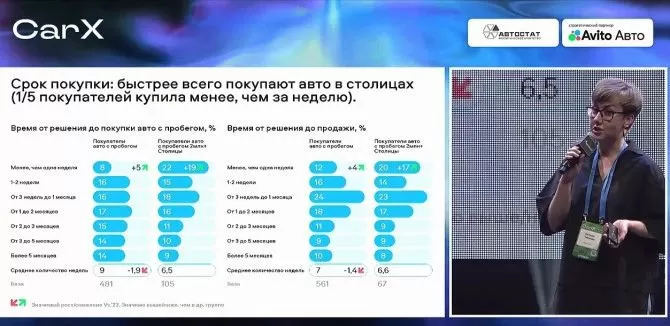
Russian used car buyer investigation: prefer car age 4-5 years
October 24, 2024

The United States lifts sanctions on 11 Russian banks
November 14, 2024

Which platform is reliable for buying used cars?
December 04, 2024

 EN
EN RU
RU
 AR
AR
 FR
FR
 PT
PT
 ES
ES
 FA
FA
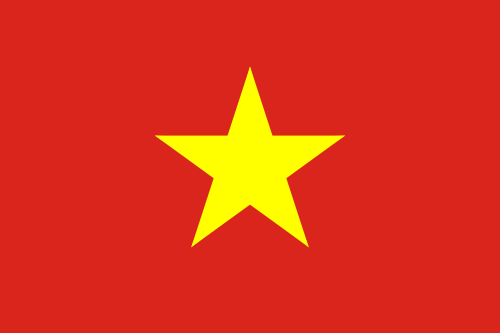 VI
VI
 KK
KK
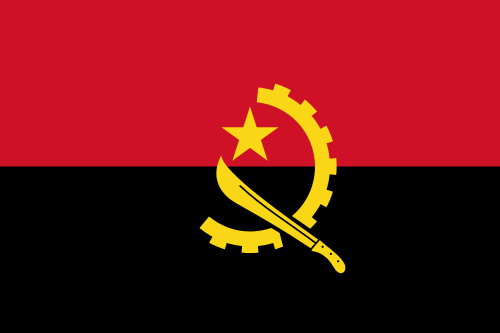 LA
LA
 KM
KM
 LO
LO
 JA
JA
